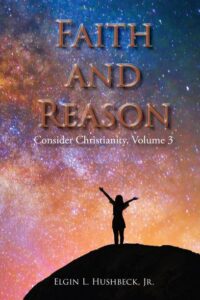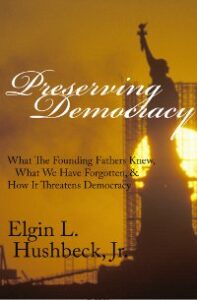PowerLine Prize #5
Powerline is rolling out the finalist in their contest to protray the national debt. Here is number 5.
This one is longer the the previous entries, and I was not clear where it was going, particularly when it had a lot of students being so critical of defense spending, but the response by the Veteran and the summary of the problem at the end shows why this one made the top ten.
httpv://www.youtube.com/watch?v=lNSPz6ezOl8
PowerLine Prize #6
Powerline is rolling out the finalist in their contest to protray the national debt. Here is number 6.
httpv://www.youtube.com/watch?v=WqYZiHWdPv0
PowerLine Prize #7
Powerline is rolling out the finalist in their contest to protray the national debt. Here is number 7.
httpv://www.youtube.com/watch?v=958v6tD8Vw8
PowerLine Prize #8
Powerline is rolling out the finalist in their contest to protray the national debt. Here is number 8.
httpv://www.youtube.com/watch?v=k279UXat1k8
PowerLine Prize #10 & #9
Powerline is rolling out the finalist in their contest to protray the national debt. Here is number 10
httpv://www.youtube.com/watch?v=NPiPgrPfirc
Number 9 is a comic book that can be found here:
https://www.powerlineblog.com/doomed-by-debt

